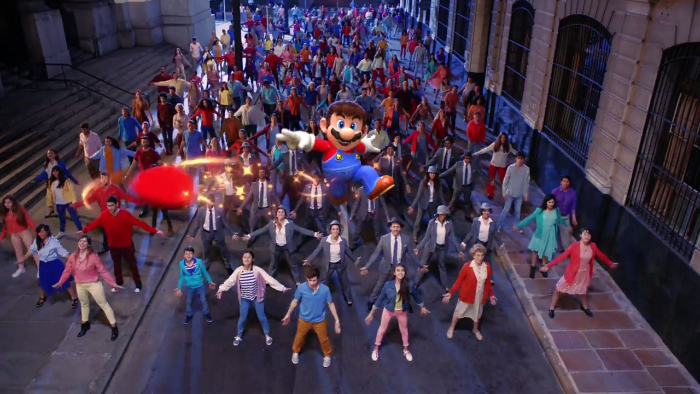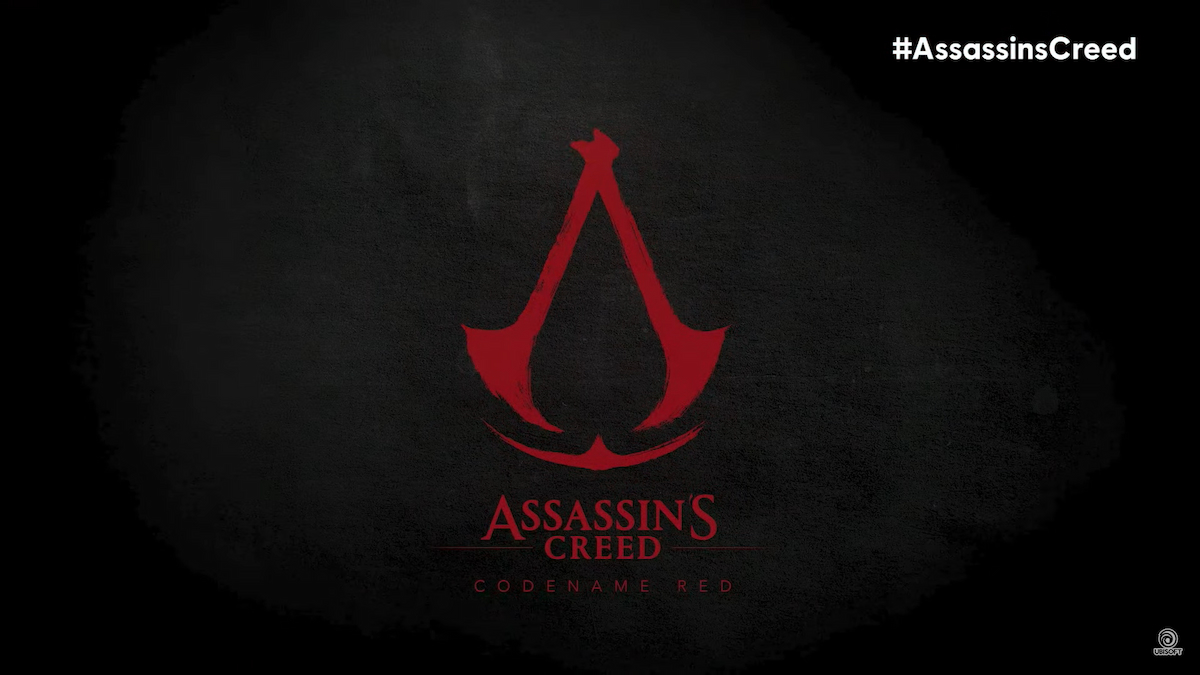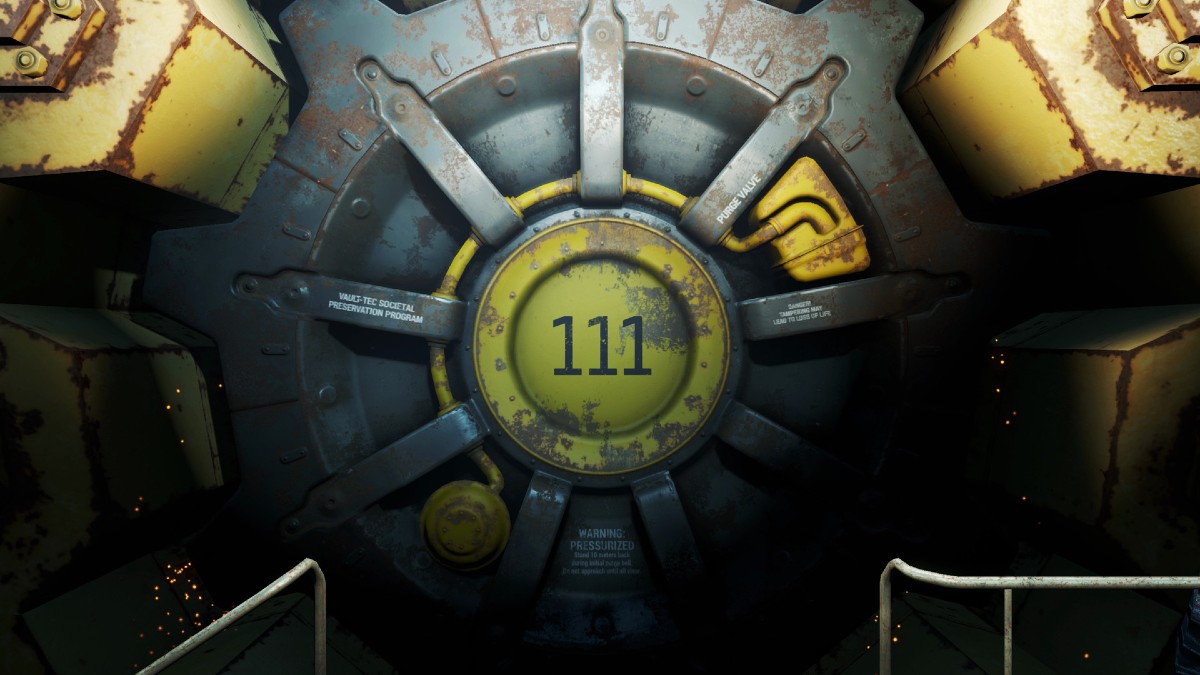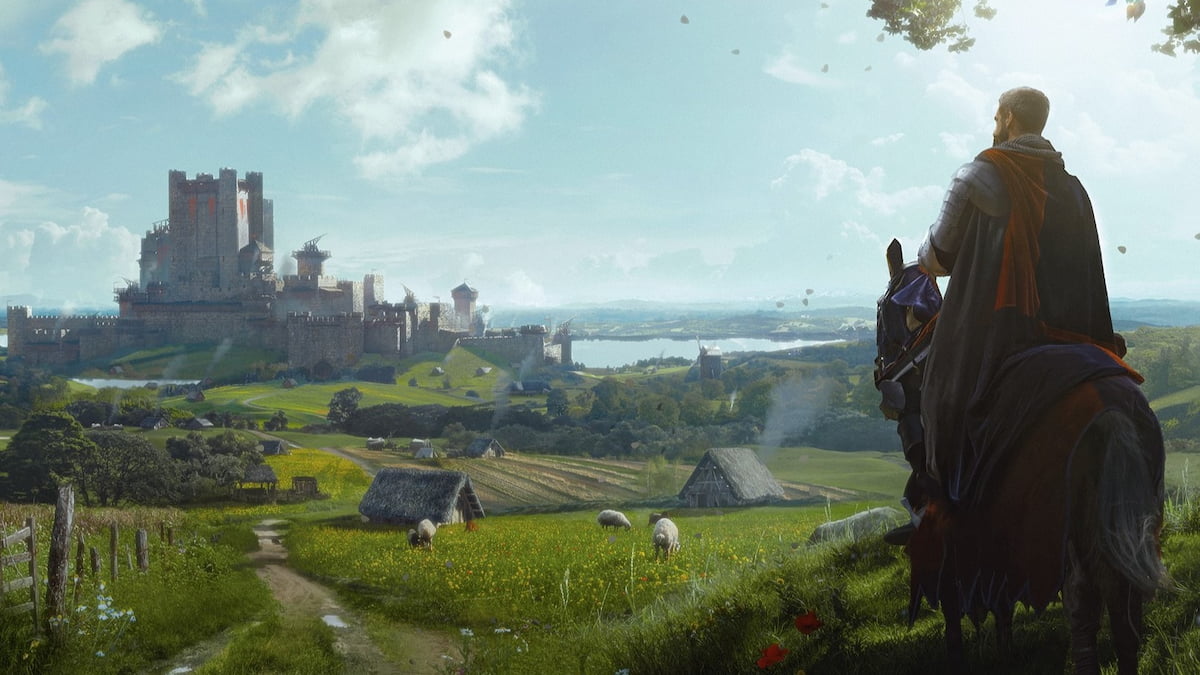Nintendo has done a pretty good job bringing fans back into its fold. This time last year, they were still pariahs, a forgotten afterthought with a console that couldn’t compete with either of their two largest competitors. The Switch and Breath of the Wild were both on the horizon, but there was no guarantee that either one would prove to be a success.
A good chunk of Nintendo’s recent popularity is due to the resurgence of the developer’s greatest franchises. Fans were treated to a new The Legend of Zelda and Super Mario, as well as a remake of Metroid, release of a previously only teased Star Fox, and the promise of more Pokémon. However, it’s how Nintendo is bringing these franchises back into the limelight that is most interesting. Nintendo is acknowledging every front, offering gamers a mixture of nostalgic and revolutionary, console and handheld, and risky and safe.
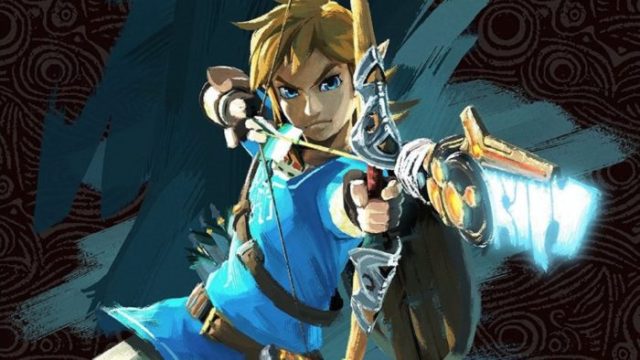
Perhaps Nintendo’s largest accomplishment this year has been their uncanny knack of appealing to gamers’ nostalgia while still revolutionizing on stale formulas. They’ve done this before, both successfully (Metroid Prime) and not so successfully (Metroid Other M), but they’ve never done as well as they have in 2017.
It’s no surprise that they used this strategy with The Legend of Zelda, and led the charge on the Switch with this particular franchise. Although Mario will always be Nintendo’s flagship series, The Legend of Zelda has defined a great many of the company’s consoles. The Super Nintendo Entertainment System and Nintendo 64 are almost immediately associated with A Link to the Past and Ocarina of Time respectfully, and anyone talking about the best games on the Gamecube and Wii will always include The Windwaker and Twilight Princess.
Unfortunately, Ocarina of Time also represents when The Legend of Zelda took a turn for the worse, and most of the games that followed only added on to its mistakes. Although patterns started to form in A Link to the Past, Ocarina of Time is when The Legend of Zelda’s formulaic approach to storytelling was truly born, tasking players with going from point A to point B, completing quests in a specific order, and finding items that fixed immediate problems. This was a far departure from the earlier games, where players weren’t told where and how to adventure. They were just given a sword and then the player chose to become an adventurer because the world was full of secrets and interesting things.
Breath of the Wild capitalizes on the feelings of these early Zelda games, while also sacrificing the wait-attack-wait combat, treasure chests that take ten seconds to open, and expansive dungeons, all of which were introduced in Ocarina of Time. This made Breath of the Wild faster to explore, and easier for players to quickly start enjoying themselves as soon as they turned on the console. Jumping into Breath of the Wild was not a series of two-hour play sessions (unless the player wanted it to be) like the Zelda games that came before it. Now players could jump into a Zelda game for 15 minutes and still walk away feeling satisfied. Pair that with a console that players could take on the go, and it’s no wonder that Breath of the Wild ended up being as successful as it was. Nintendo delivered a game that did offer new and revolutionary mechanics to the players who had gotten used to the formulaic approach of The Legend of Zelda, but it also offered a high-definition variation of an old formula that Nintendo had mastered, and players had fallen in love with, decades ago: open-ended exploration. They just made it easier to digest in bite-sized chunks. Nintendo reapplied this strategy, remaking the old to make it feel new (and fast), with their most recent release: Super Mario Odyssey.
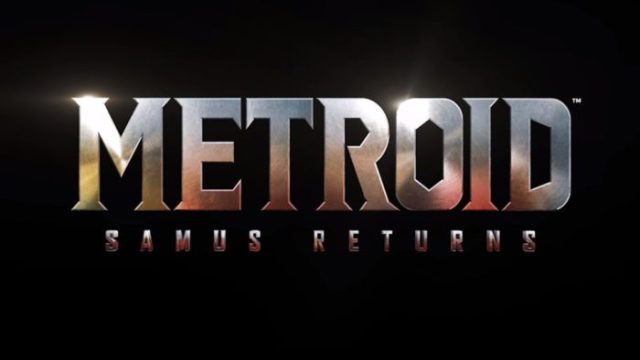
Not one to admit that one of their systems may be dying, Nintendo made sure that their players would be holding onto their 3DS handhelds for at least one more year with the announcement of Metroid: Samus Returns. A remake of Metroid II: Return of Samus, Samus Returns satisfies a very vocal portion of Nintendo’s fan base that has been clamoring for a 2D Metroid for over a decade.
In a brilliant move on their part, Nintendo decided to retread old ground and remake one of their old games. The decision to remake Metroid II was probably a result of the original Metroid being the last remake and Metroid III becoming available this year via the SNES Classic. Metroid II is also pretty old at this point (turned 26 this year), and ties into what Nintendo accomplished with Breath of the Wild: portability and speed. The original Metroid II was on Gameboy, so it makes sense that the remake would be on 3DS.
Nintendo probably also remade Metroid II because the original game offers players plenty of exit points. Tasked with hunting Metroids, the player can easily just say, “I’ll hunt down one more Metroid before calling it a night.” The other games in the franchise contain interconnected missions that lead into one another, providing the player with few moments where they can say they’ll just do one more thing before putting the game down. Being both easy to pick up and put down has been key to surviving 2017. As Nintendo’s players gravitated from one game to the next or hopped between systems, it must have been nice knowing that their player base would always come back, eager to jump into something that didn’t demand constant play.


Of course, risk may be all well and good, but it’s preferable to have a few easy lobs go your way. Nintendo made sure to double dip into their well of old content twice this year: first with the release of the SNES Classic and again with the upcoming remasters Pokémon Ultra Sun and Ultra Moon. Nintendo has been sitting pretty with Pokémon for years now, and, according to Nintendo, last year’s Sun and Moon sold nearly 15 million copies within a month and a half. Even if a re-release of those games sells half as many copies, I’d still consider that a victory. Pretty sure Nintendo would too. The SNES Classic is full of games that Nintendo already knows will sell, as they all have before. The one exception, Star Fox 2, ensures that there’s just enough newness for the console to be attractive to buyers who still have their old SNES.
Once again, to ensure that players can easily jump in and out with these games, Nintendo implemented a new save feature on the SNES Classic that allows players to save from anywhere at anytime. The 3DS, a portable handheld, has been offering this for years already.
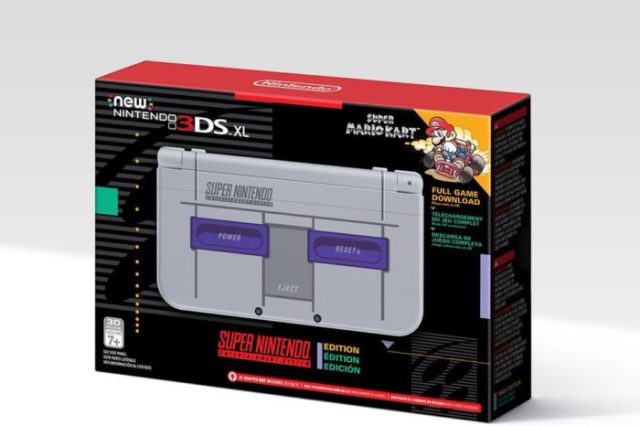
I’m sure, by now, you’re noticing a pattern. This is the key to Nintendo’s success. They came up with a game plan and then committed to it, reiterating the same strategy of portability and easy access across most of their games. Additionally, although 2017 has been a period of rebirth for them, they’ve been strategic in how their games are reborn. Their new games are all inspired by games that have already been proven to sell well. Couple that with the new implementation of mechanics and features that make it easy to play these games almost anywhere at anytime for any given period of time, and it’s no wonder that Nintendo has once again become incredibly relevant to the gaming landscape.
Gone are the massive dungeons of The Legend of Zelda, interconnected missions of Metroid, and fear of not reaching a save point when it’s time for dinner. In comparison to Xbox and PlayStation, Nintendo is a safe investment. The Switch, SNES Classic, and 3DS are all geared towards allowing the gamer to play whenever they want, meaning that buying these games won’t end in half-finished quests. You’re getting your money’s worth. Players can slowly work their way through a game over time, or blast through it in a weekend.
In any other year, when game releases were scarcer, this strategy might not be as effective. However, not only has Nintendo made some incredible games this year (Breath of the Wild and Odyssey), they’ve found ways to make their games that aren’t as great (like Samus Returns) easily accessible. Gamers can pretty much pick these games up anywhere at anytime, and easily save their progress. For a gamer like me, who takes public transportation to work everyday, that’s huge. I’ve made several Nintendo purchasing decisions on that alone. Don’t get me wrong, pretty much all of Nintendo’s games this year have been good, and I would have most likely bought them anyway. But Nintendo is going the extra mile, making their games both fun and easier to play in comparison to the PS4 and Xbox One.
Sure, not every player is going to pick up every one of these games and come away feeling like every one was something brand new. After all, it could be argued that if you strip these games down to their bare bones, gamers are just playing The Legend of Zelda: A Link to the Past, Super Mario Sunshine, Metroid II, all of their favorite games from the SNES, and Pokémon Sun and Moon all over again. However, new mechanics (whether within the games or the hardware they run on) bring a fresh perspective to these beloved franchises. Nostalgia has definitely played a large role in most of these games successes, but each would have stood on their own even if they were the first installments of new franchises. And that’s Nintendo’s biggest success; they’ve taken the old and made it feel new again.

